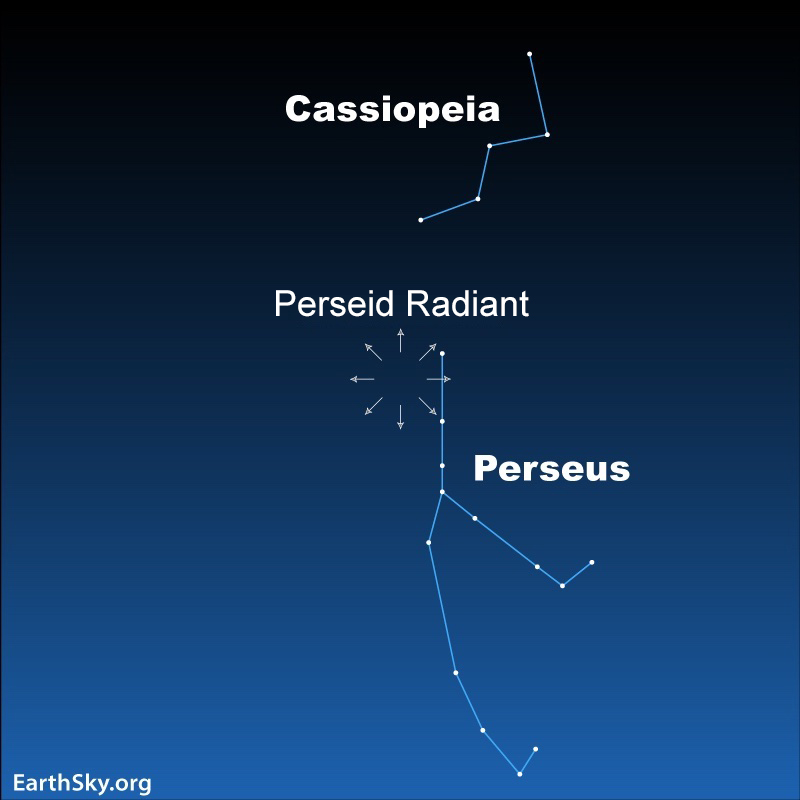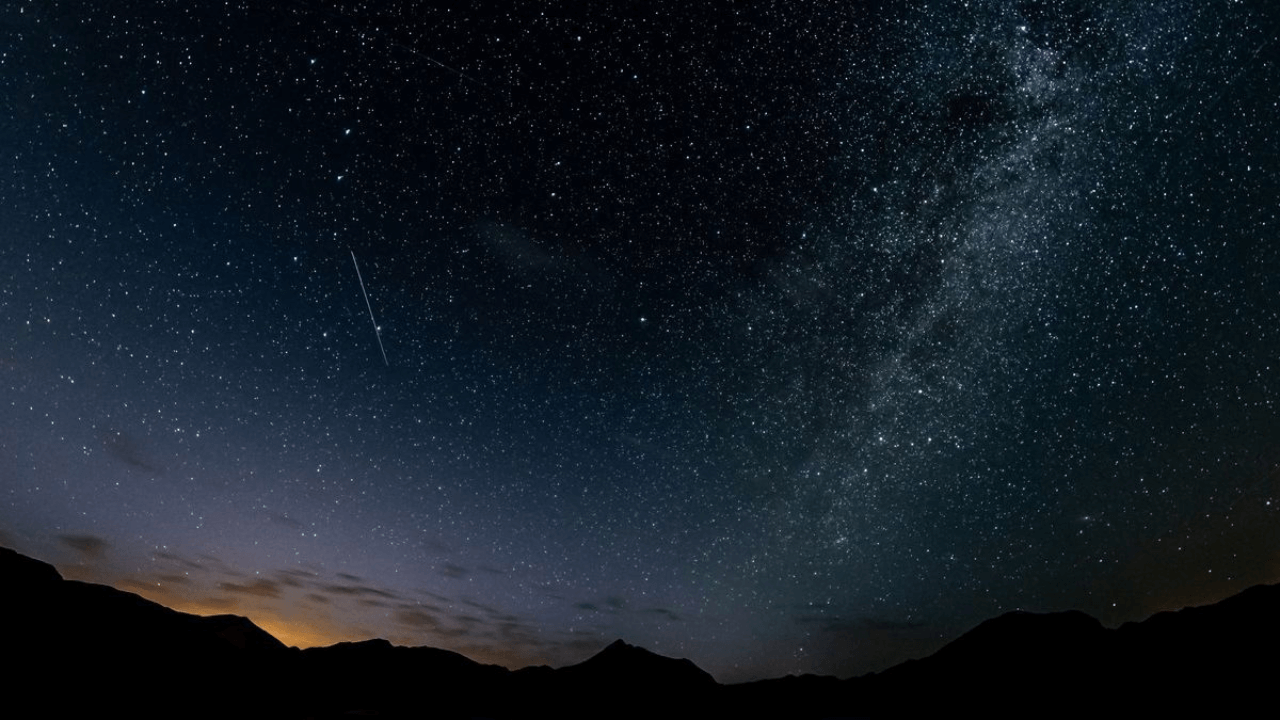The Perseid meteor shower has been visible in the Earth’s sky since around mid-July, but the most spectacular display is expected during the peak on the mornings of August 11, 12, and 13 (mid-day in India). What adds to the excitement is that the waning crescent moon is only 10% illuminated during this time, providing an ideal dark backdrop for the stunning meteor show.
The Perseid meteor shower is renowned as one of the finest meteor showers annually, thanks to its abundant meteor rates and the enjoyable late-summer weather. Unlike the previous year when the shower occurred alongside a full moon, this year’s display will coincide with a waning crescent moon. This lunar phase will provide optimal conditions for observing even the fainter meteors during the event.
Details About Perseid Meteor Shower 2023
- Shower Duration: From July 14 to September 1
- Anticipated Peak: August 13, 2023, at 1:28 PM IST
- Best Viewing Time: The meteor shower reaches its peak gradually, so keep watch late at night and before dawn.
- Radiant Point: Look for the radiant point rising around midnight and at its highest during dawn.
- Moon Phase: Waning crescent moon, offering ideal darkness for optimal viewing.
- Anticipated Meteors at Peak: Sky enthusiasts can expect to witness more than 90 meteors per hour during the peak.
Perseid Meteor Shower Radiant Point

- During the peak mornings, if you were to trace the paths of all the Perseid meteors backward, they appear to originate from the constellation Perseus, near the well-known Double Cluster.
- This is why the meteor shower is named after the constellation Perseus, in tribute to the hero of Greek mythology.
- However, it’s important to note that there’s no actual physical link between the radiant point of the meteor shower and the constellation Perseus.
- The stars within the Perseus constellation are situated at vast distances, many light-years away, while the meteors themselves disintegrate at a height of about 60 miles (100 km) above the Earth’s surface.
The Perseids’ Parent Comet
The parent comet of the Perseids meteor shower is 109P/Swift-Tuttle. It is a large comet that orbits the sun once every 133 years. The discovery of this comet dates back to July 16, 1862, when Lewis Swift observed it using a small telescope. However, he initially mistook it for another comet and didn’t report it immediately. Three days later, Horace Tuttle independently spotted the comet from the Harvard Observatory.
Background
- Initially, scientists believed the comet would return in 120 years, around 1982.
- However, when the comet didn’t make an appearance in 1982, further calculations indicated a revised orbital period of about 130 years.
- Brian Marsden published new orbital elements and predictions for the comet’s return in 1992.
- On September 26, 1992, amateur astronomer Tsuruhiko Kiuchi located the comet in the evening sky near the Big Dipper. Subsequent observations by others confirmed its presence.
- Further research and analysis led to the theory that historical comet sightings in the years 69 CE and 188 BCE were also sightings of this same comet, which helped confirm its identity as 109P/Swift-Tuttle.
The Perseids meteor shower occurs every year in August when Earth passes through the debris left behind by 109P/Swift-Tuttle. The debris is made up of dust and small pebbles that were ejected from the comet’s nucleus when it was close to the sun.
- Weekly Current Affairs 2025 PDF For Bank, SSC, UPSC Exams
- Unsung Heroes of India: 10 Unknown Freedom Fighters You Should Know
- 26 December Current Affairs 2023 in English
- Daily Current Affairs 2025, Check Today’s Current Affairs
- April Month Current Affairs 2024, Download PDF
- June Month Current Affairs 2024, Download PDF

Hello, I’m Aditi, the creative mind behind the words at Oliveboard. As a content writer specializing in state-level exams, my mission is to unravel the complexities of exam information, ensuring aspiring candidates find clarity and confidence. Having walked the path of an aspirant myself, I bring a unique perspective to my work, crafting accessible content on Exam Notifications, Admit Cards, and Results.
At Oliveboard, I play a crucial role in empowering candidates throughout their exam journey. My dedication lies in making the seemingly daunting process not only understandable but also rewarding. Join me as I break down barriers in exam preparation, providing timely insights and valuable resources. Let’s navigate the path to success together, one well-informed step at a time.






